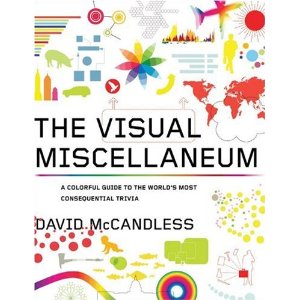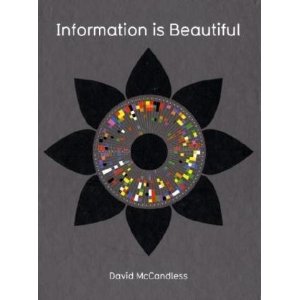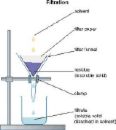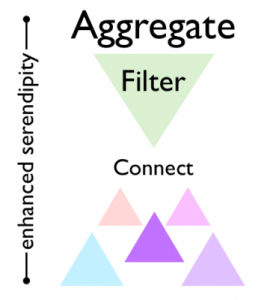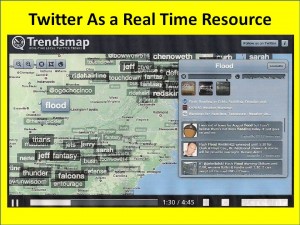EXTRACT: By the late 1970s, after fifteen years in the business, Bob Hare knew what he was looking for when it came to psychopaths. They exhibit a cluster of distinctive personality traits, the most significant of which is an utter lack of conscience. They also have huge egos, short tempers, and an appetite for excitement — a dangerous mix. In a typical prison population, about 20 percent of the inmates satisfy the Hare definition of a psychopath, but they are responsible for over half of all violent crime.
EXTRACT: The Psychopathy Checklist consists of a set of forms and a manual that describes in detail how to score a subject in twenty categories that define psychopathy. Is he (or, more rarely, she) glib and superficially charming, callous and without empathy? Does he have a grandiose sense of self worth, shallow emotions, a lack of remorse or guilt? Is he impulsive, irresponsible, promiscuous? Did he have behavioural problems early in life? The information for each category must be carefully drawn from documents such as court transcripts, police reports, psychologists' reports, and victim-impact statements, and not solely from an interview, since psychopaths are superb liars (“pathological lying” and “conning/manipulative” are PCL-R categories). A prisoner may claim to love his family, for example, while his records show no visits or phone calls.
Hare Psychopathy Checklist (Wikipedia Overview)
Actual List for Consideration Below the Line


